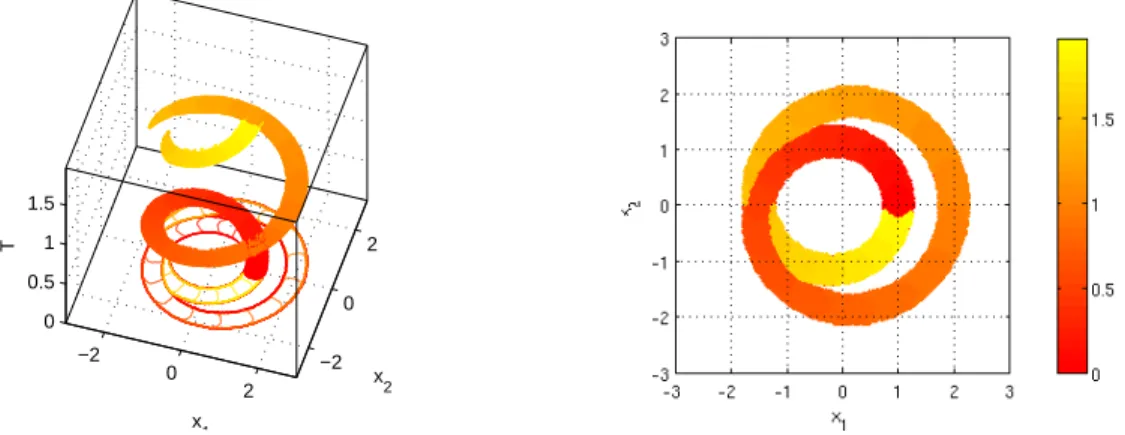Minimum time control problems for non autonomous differential equations
Texte intégral
Figure


Documents relatifs
Under general assumptions on the data, we prove the convergence of the value functions associated with the discrete time problems to the value function of the original problem..
In this section we establish the link between the viability kernel and the zero level set of the value function of a related Dynamic Programming (DP) problem.. Consequently,
Thus, approximate controllability in arbitrarily small time (allowing potentially large controls) is an open problem.. The goal of this article is to prove that, for poten- tials
As a result, Theorem 1 gives no information about the control time if the controls are allowed to be arbitrarily large; in particular, it does not preclude the possibility
Suboptimal robust control solutions have a great practical interest (Bertsekas [2005], Bohl and McAvoy [1976]), since they are usually obtained under additional restrictions to
The purpose of this paper is to provide a detailed analysis of the dynamic programming method for the optimal control of nonlinear mean-field systems in discrete time, where
A partial analysis of the error of the scheme is provided, as well as numerical tests on the problem of superreplication of option with uncertain volatilities and/or
Namely, we present in Section 5.1 an inventory distribution problem where the adversarial problem can be decomposed into smaller problems linked by a simple constraint, and